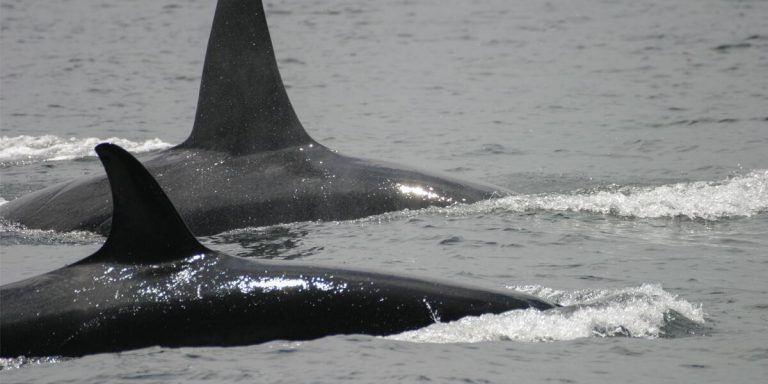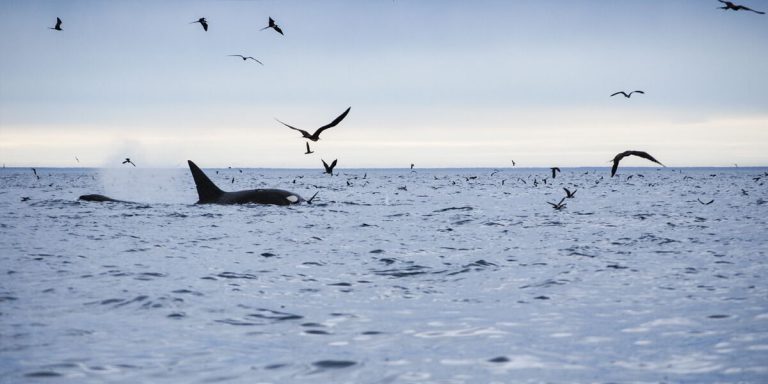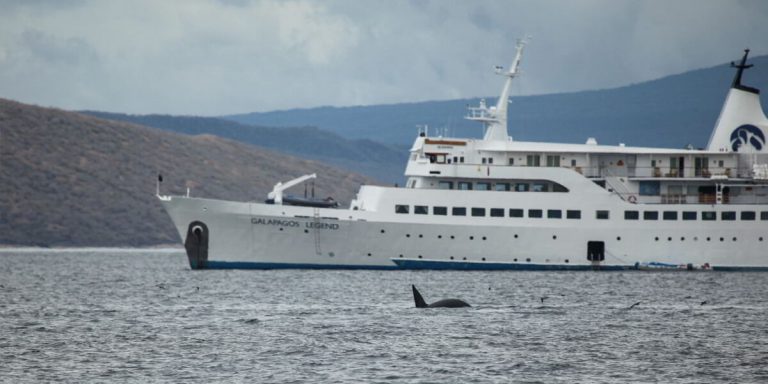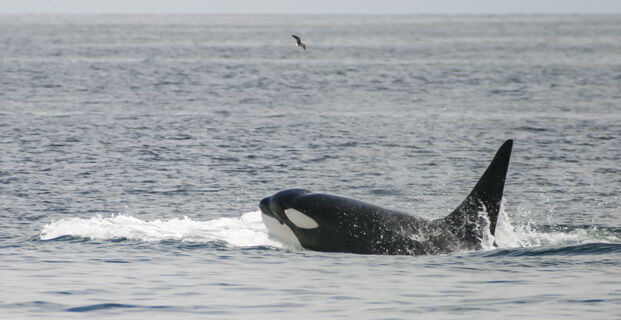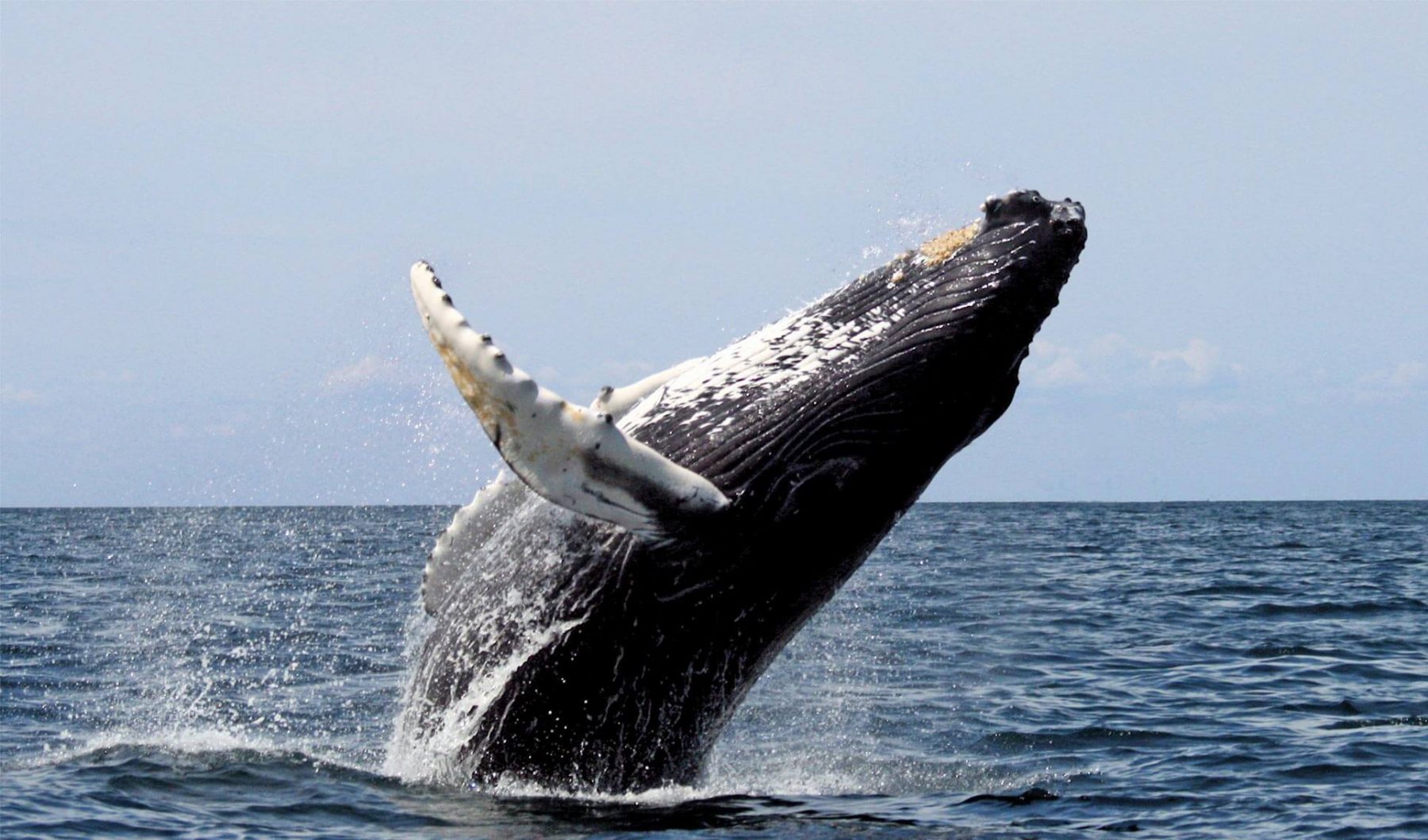
More about Whales
Galapagos whales are mammals covered with a thick layer of fat that keeps them warm and, at the same time, provides them with the energy needed for migratory journeys. There are about 24 different species of whales that have been identified in the Galapagos. There are mainly two big groups of whales: the ones with teeth and the ones that filter the water with baleen.
The baleen whales are the biggest mammals on earth and all six species of rorqual whales—a subgroup of baleen whales—are found in the Galapagos. They feed by swallowing big amounts of water and straining plankton with their comblike bones in their mouths. The blue whale, minke whale, humpback whale, sei whale, Bryde’s whale, and fin whale are in this group.
On the other hand, dolphins (which include the orca) and sperm whales are in the toothed group and almost all of them feed on fish. They have developed hunting techniques that clearly remark their intelligence.
Most whales in the Galapagos pass through as they migrate. One of the most commonly seen whales in the archipelago is the humpback whale, easily recognizable as it is the one that jumps out of the water and dives on its back. Whales are easily spotted when you are sailing on a cruise or traveling in a boat around the islands. They can mainly be seen during the cooler months from July to December.
Places where you may see this animal:
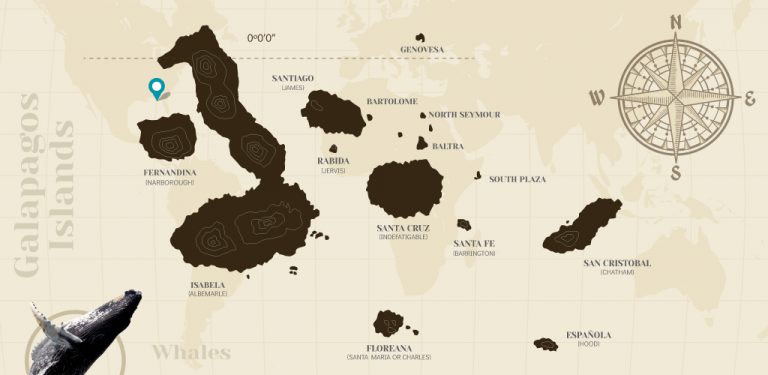
- Animal Group: Mammals
- Scientific Name: Cetacea
- Animal Average Size: 7,7 – 9 mts / 12 - 16 mts
- Animal Average Weight: 4 – 5,5 t / 36 t
Galapagos Animals

Mockingbird
View more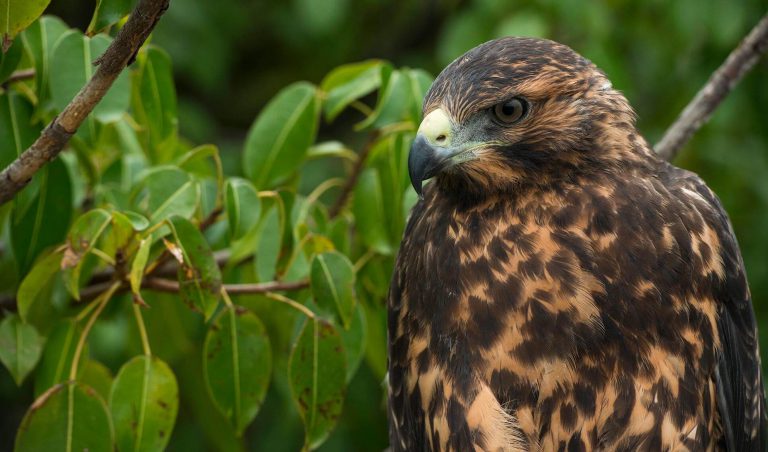
Galapagos Hawk
View more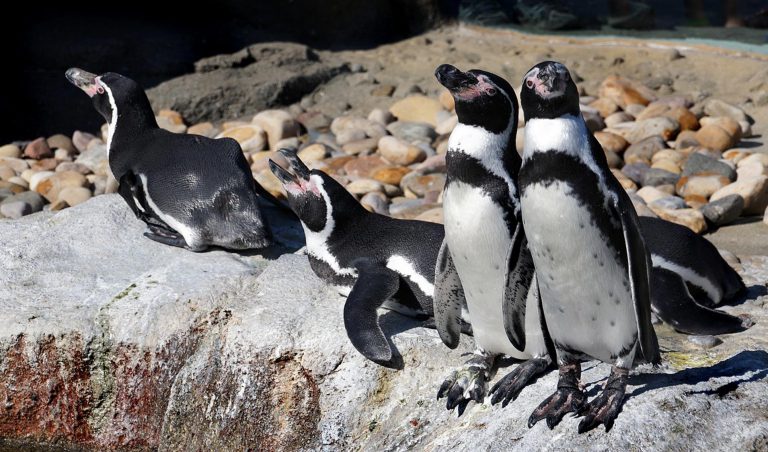
Galapagos Penguin
View more
Lava Heron
View more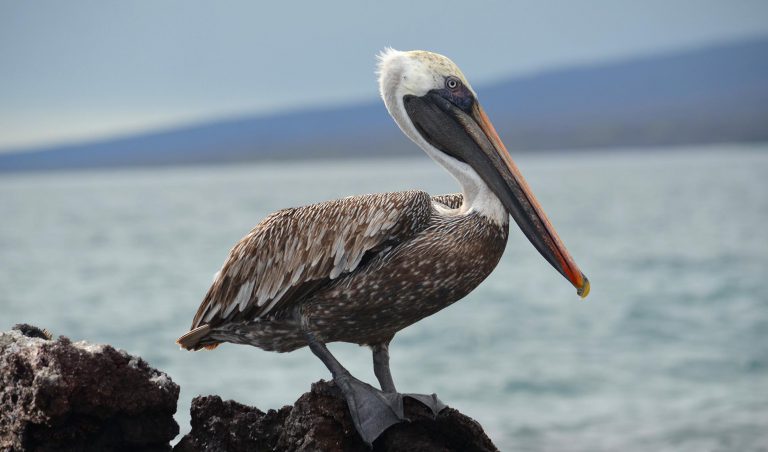
Galapagos Brown Pelican
View more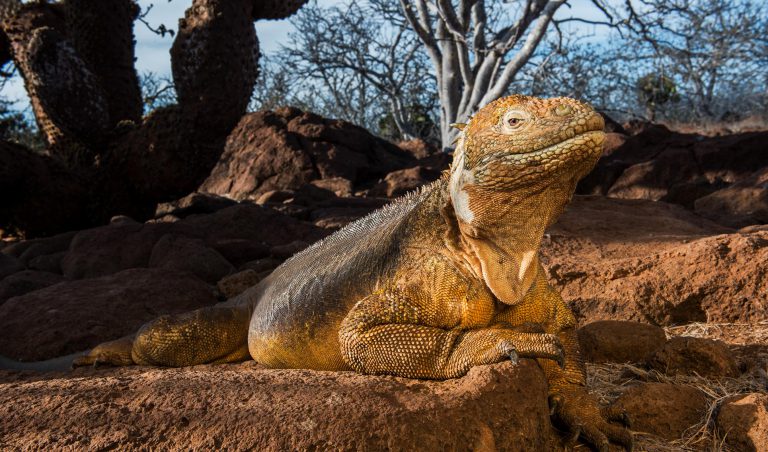
Land Iguana
View more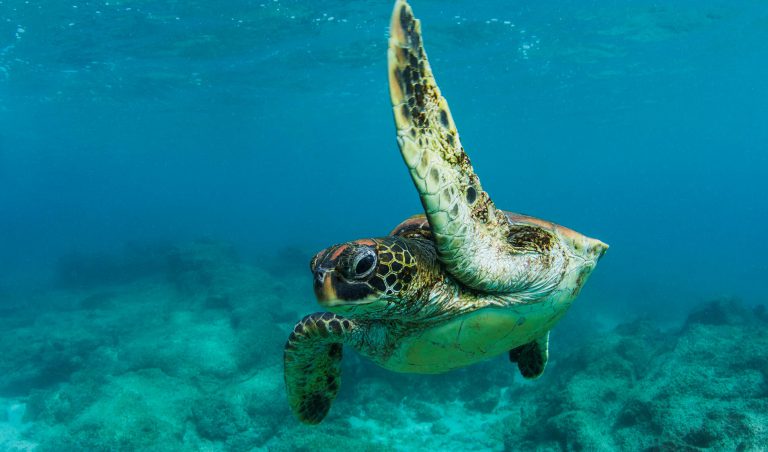
Galapagos Green Sea Turtle
View more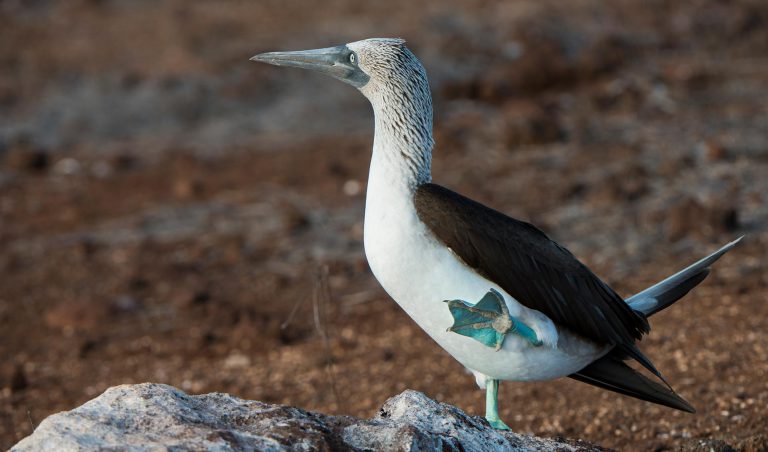
Blue-Footed Booby
View more
Yellow Warbler
View more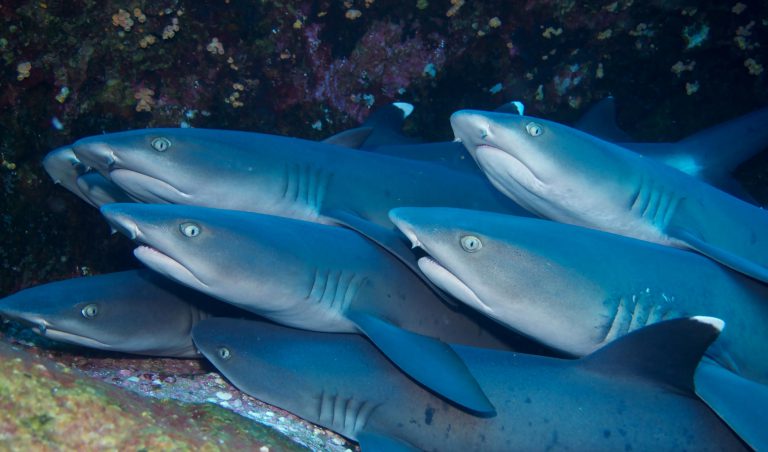
Whitetip Reef Shark
View more
Waved Albatross
View more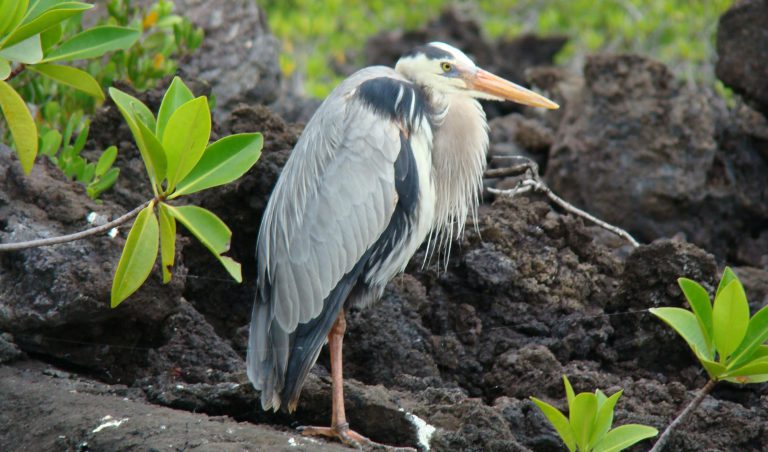
Great Blue Heron
View more
Galapagos Barn Owl
View more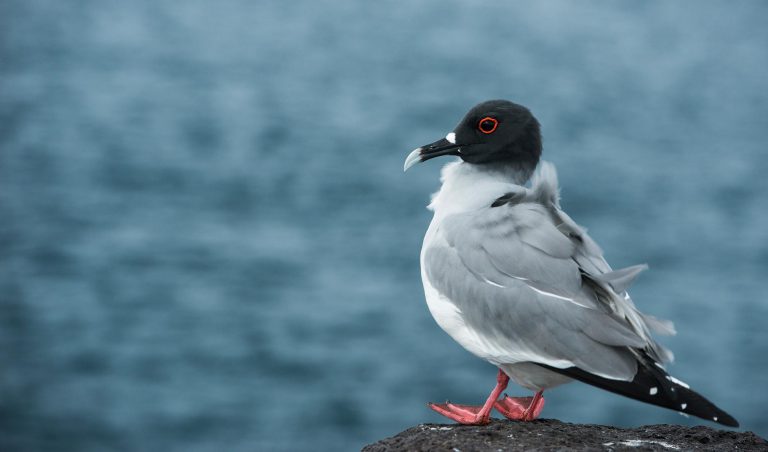
Swallow-Tailed Gull
View more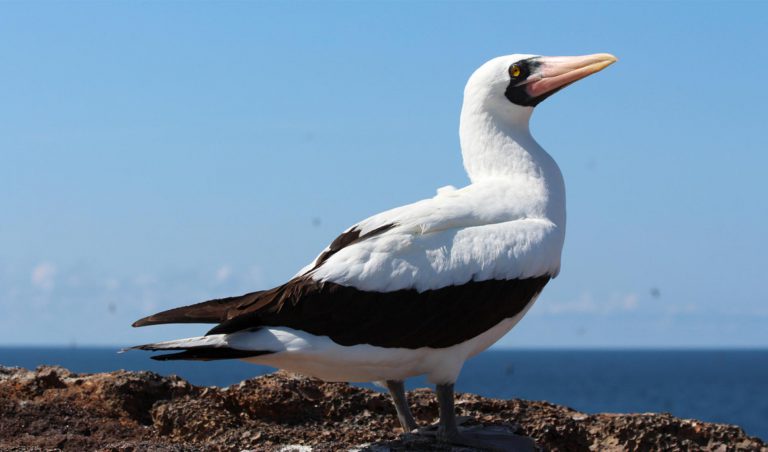
Nazca Booby
View more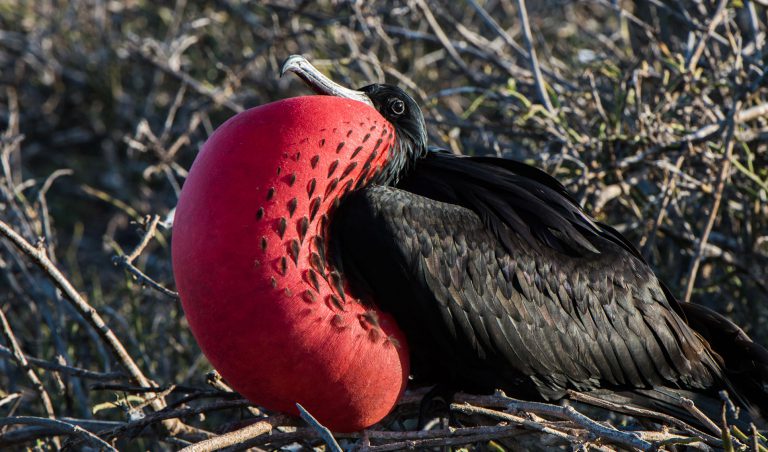
Frigatebird
View more
Darwin Finches
View more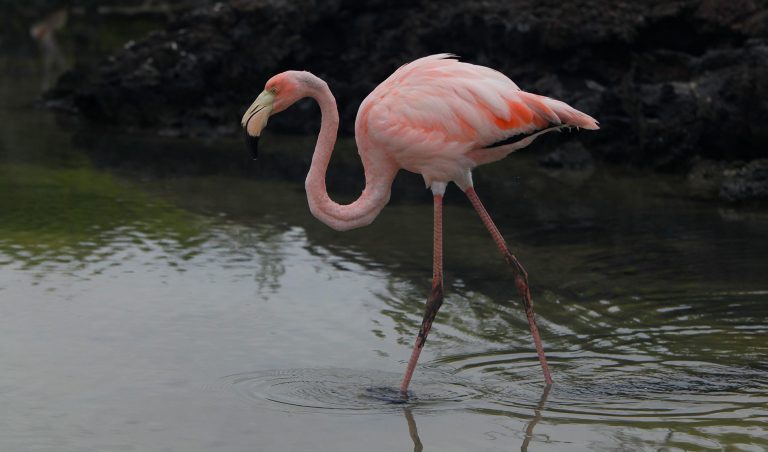
Galapagos Flamingo
View more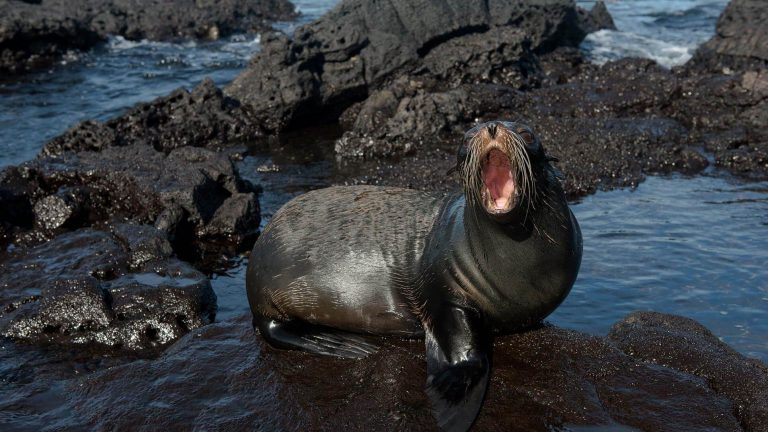
Fur Seal
View more
American Oystercatcher
View more
Stingrays
View more
Galapagos Flightless Cormorant
View more
Red-Footed Booby
View more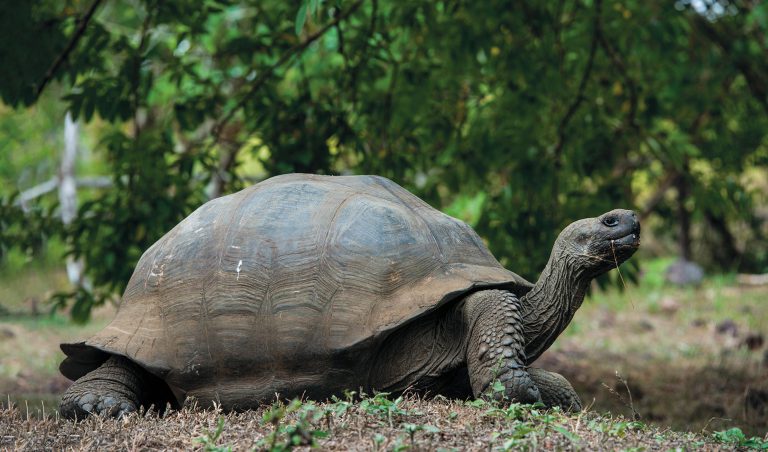
Giant Tortoise - Lonesome George
View more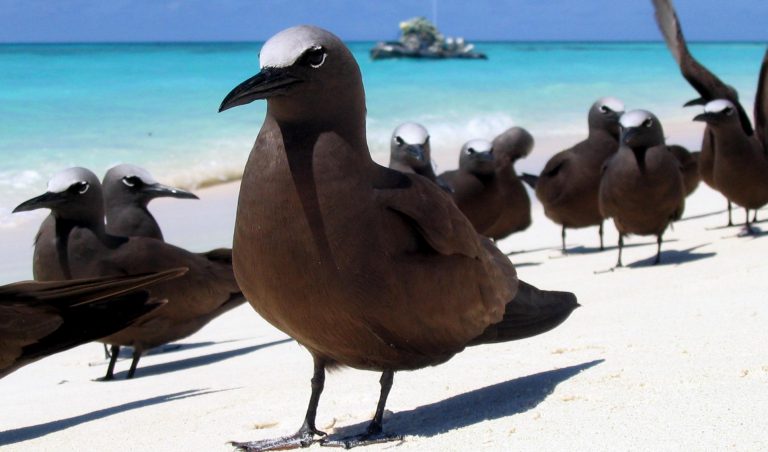
Brown Noddy Tern
View more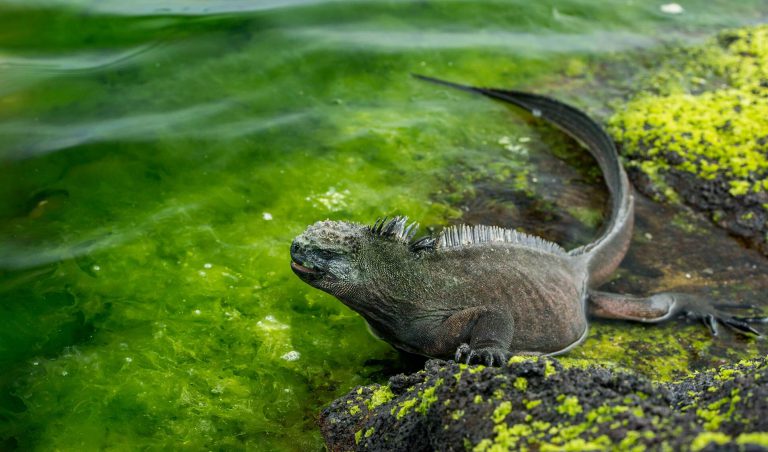
Marine Iguana
View more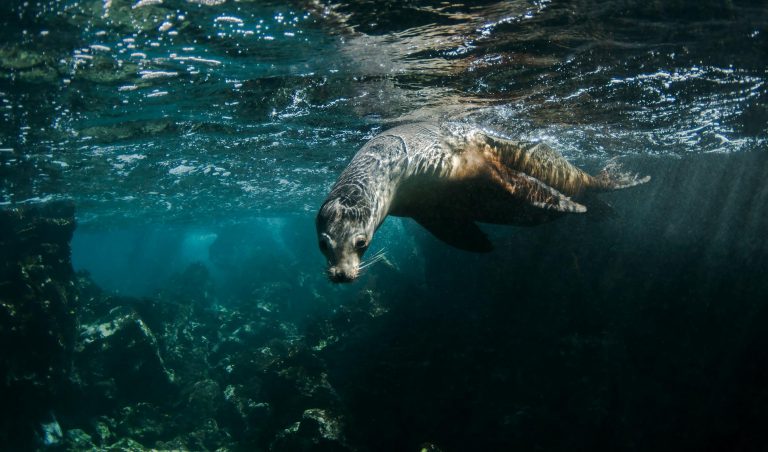
Sea Lion
View more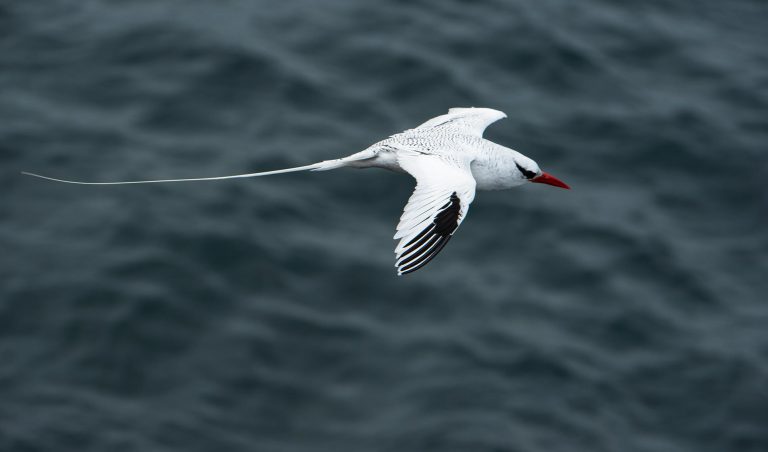
Red-Billed Tropicbird
View more
